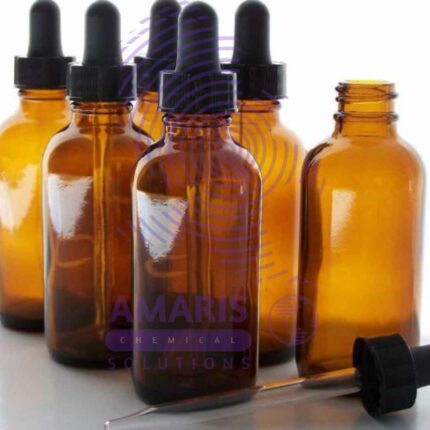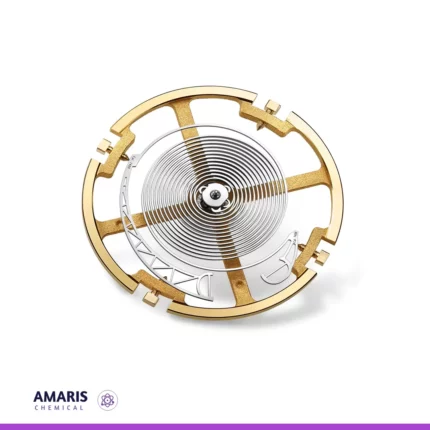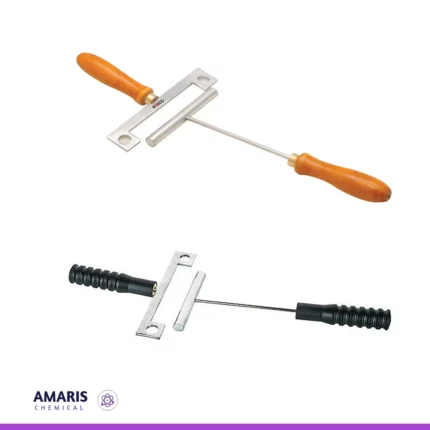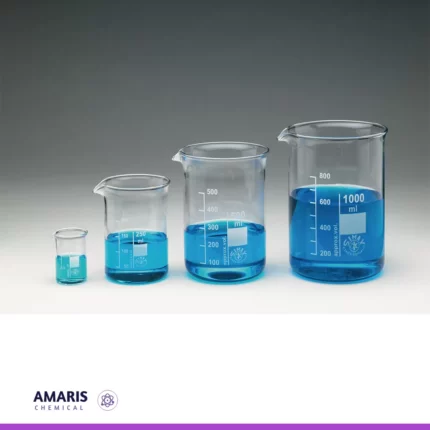“Blotting paper” has been added to your cart. View cart
Back to products


Gas Burner Portable
$1,500.00 Original price was: $1,500.00.$1,400.00Current price is: $1,400.00.
Galvanometer Zero Centre
$6,500.00 Original price was: $6,500.00.$6,400.00Current price is: $6,400.00.
Whatsapp Order
A zero-center galvanometer, also known as a center-zero galvanometer, is a type of measuring instrument used to detect and indicate small electric currents. Unlike a standard galvanometer, which measures current from zero to a maximum value in one direction, a zero-center galvanometer measures current deviations in both directions from a central zero point.
SKU:
ACS18755CHEM0
Category: LABORATORY EQUIPMENT & APPARATUS
Description
Table of Contents
ToggleUses of Galvanometer Zero Centre
1. Bridge Circuits
Wheatstone Bridge:
- Used to measure unknown resistances.
- The zero-center galvanometer detects the null point (zero current) when the bridge is balanced.
- Provides high precision by indicating even the smallest imbalance in the bridge circuit.
AC Bridge Circuits:
- Used for measuring inductance, capacitance, and impedance.
- The galvanometer helps find the balance point in the bridge, ensuring accurate measurements.
2. Null Measurements
Potentiometric Measurements:
- Used in potentiometers to measure voltage by balancing it against a known reference voltage.
- The galvanometer indicates zero current when the voltages are equal, providing a precise measurement.
3. Polarity and Current Direction Detection
Circuit Testing:
- Used to determine the direction of current flow in a circuit.
- Helps in troubleshooting and verifying the operation of electrical components and circuits.
4. Differential Measurements
Comparative Measurements:
- Used to compare two voltages or currents.
- The zero-center feature allows for easy detection of differences, even if they are very small.
5. Calibration and Testing
Instrument Calibration:
- Used to calibrate other measurement instruments by providing a precise zero reference point.
- Ensures that other instruments are correctly balanced and accurate.
6. Magnetic Field Experiments
Hall Effect Experiments:
- Used to measure the voltage generated by the Hall effect in semiconductors.
- The galvanometer can detect small voltage changes, providing data on the magnetic field strength.
7. Electrochemical Measurements
Galvanic Cells:
- Used to measure the small currents produced by galvanic cells.
- Helps in studying electrochemical reactions and properties.
8. Precision Balancing
Balancing High-Precision Circuits:
- Essential for experiments requiring exact balance, such as precision amplifiers or oscillators.
- Indicates minute imbalances to achieve optimal performance.
9. Educational Demonstrations
Teaching Tool:
- Demonstrates principles of current, voltage, and resistance in educational settings.
- Provides a visual and intuitive understanding of electrical concepts.
Related products
Absorption Tower
$0.01
A laboratory absorption tower is a scaled-down version of an industrial absorption tower used for experimental purposes within a laboratory setting. It is a specialized piece of lab apparatus designed to investigate the principles of gas-liquid absorption or scrubbing processes under controlled conditions.
Typically, a lab absorption tower consists of a glass or transparent column filled with a packing material or trays to facilitate the gas-liquid contact. It is equipped with inlet and outlet ports to introduce the gas stream and remove the treated gas after absorption. Additionally, there are ports or connections to introduce the liquid solvent and monitor its flow rate. The tower may also have temperature and pressure control mechanisms to simulate specific conditions relevant to the experiment.
Laboratory absorption towers are essential tools for researchers, chemists, and engineers to study the behavior of gases and liquids during absorption processes, optimize process parameters, and assess the efficiency of different solvents or packing materials. These experiments contribute to the development and improvement of industrial-scale absorption systems and help in solving environmental challenges related to air and gas pollution.
Amber Bottles Polystop
$0.01
A laboratory glass amber bottle is a specialized container commonly used in laboratories to store and protect light-sensitive substances, chemicals, or solutions. These bottles are made from amber-colored glass, which provides protection against ultraviolet (UV) and visible light radiation. The amber glass helps to minimize the degradation and decomposition of light-sensitive contents by blocking a significant portion of the light spectrum.
The amber color of the glass is achieved by adding iron, sulfur, and other compounds during the glass manufacturing process. This coloration is what gives the bottles their distinctive amber or brown appearance.
Laboratory glass amber bottles typically come in various sizes, ranging from small volumes of a few milliliters to large capacities of several liters. They often have a screw-on or snap-on cap, providing a secure and airtight seal to prevent spills, evaporation, and contamination.
Due to their ability to protect light-sensitive substances, laboratory glass amber bottles are widely used in chemistry, biology, pharmaceuticals, and other scientific fields where sample integrity and stability are crucial.
balance spring
$0.01
bar and gauge apparatus
$0.01
bare enamelled copper wire
$0.01
Barlows wheel apparatus
$0.01
The Barlow's wheel apparatus is an experimental device used to demonstrate the conversion of electrical energy into mechanical energy through electromagnetic principles. It consists of a horizontal wheel or disk with radial metal spokes attached to its center. The wheel is mounted on an axle, allowing it to rotate freely.
Beaker Simax
$0.01
A glass beaker is a cylindrical, open-top container made of glass, typically with graduated volume markings on its side. It is commonly used in laboratories for holding, mixing, and heating liquids, as well as for performing various experiments and chemical reactions. Glass beakers come in various sizes and are designed to provide easy observation of the contents and to withstand temperature changes without significant deformation or chemical interaction with the substances being used.


 Emollients
Emollients Humectants
Humectants UV Filters
UV Filters Surfactants (cosmetic)
Surfactants (cosmetic) Preservatives (cosmetic)
Preservatives (cosmetic) Fragrances and Essential Oils
Fragrances and Essential Oils Antioxidants (cosmetics)
Antioxidants (cosmetics)
 Solvents (lab)
Solvents (lab) Chromatography Chemicals
Chromatography Chemicals Microbiology and Cell Culture Reagents
Microbiology and Cell Culture Reagents Biochemical Reagents
Biochemical Reagents Inorganic and Organic Standards
Inorganic and Organic Standards LABORATORY EQUIPMENT & APPARATUS
LABORATORY EQUIPMENT & APPARATUS Spectroscopy Reagents
Spectroscopy Reagents Molecular Biology Reagents
Molecular Biology Reagents
 Precious Metal Extraction Agents
Precious Metal Extraction Agents

 Fertilizers
Fertilizers Plant Growth Regulators
Plant Growth Regulators Soil Conditioners
Soil Conditioners Animal Feed Additives
Animal Feed Additives Biostimulants
Biostimulants
 Dough Conditioners
Dough Conditioners Flour Treatments
Flour Treatments Fat Replacers
Fat Replacers Preservatives (baking)
Preservatives (baking)
 Surfactants (cleaning)
Surfactants (cleaning) Builders
Builders Bleaching Agents
Bleaching Agents Enzymes
Enzymes Solvents (cleaning)
Solvents (cleaning) Fragrances
Fragrances Disinfectant
Disinfectant Metal cleaning
Metal cleaning

 Sealants and Adhesives
Sealants and Adhesives
 Biodegradable Surfactants
Biodegradable Surfactants Bio-based Solvents
Bio-based Solvents Renewable Polymers
Renewable Polymers Carbon Capture Chemicals
Carbon Capture Chemicals Wastewater Treatment Chemicals
Wastewater Treatment Chemicals
 Preservatives (food)
Preservatives (food) Flavor Enhancers
Flavor Enhancers Acidulants
Acidulants Sweeteners
Sweeteners Emulsifiers
Emulsifiers Antioxidants (food)
Antioxidants (food) Colorants (food)
Colorants (food) Nutrient Supplements
Nutrient Supplements Nutraceutical Ingredients
Nutraceutical Ingredients
 Fresh Herbs
Fresh Herbs Whole Spices
Whole Spices Ground Spices
Ground Spices Spice Blends
Spice Blends
 Surfactants(oil)
Surfactants(oil)

 Automotive chemicals
Automotive chemicals Pyrotechnic Chemicals
Pyrotechnic Chemicals
























